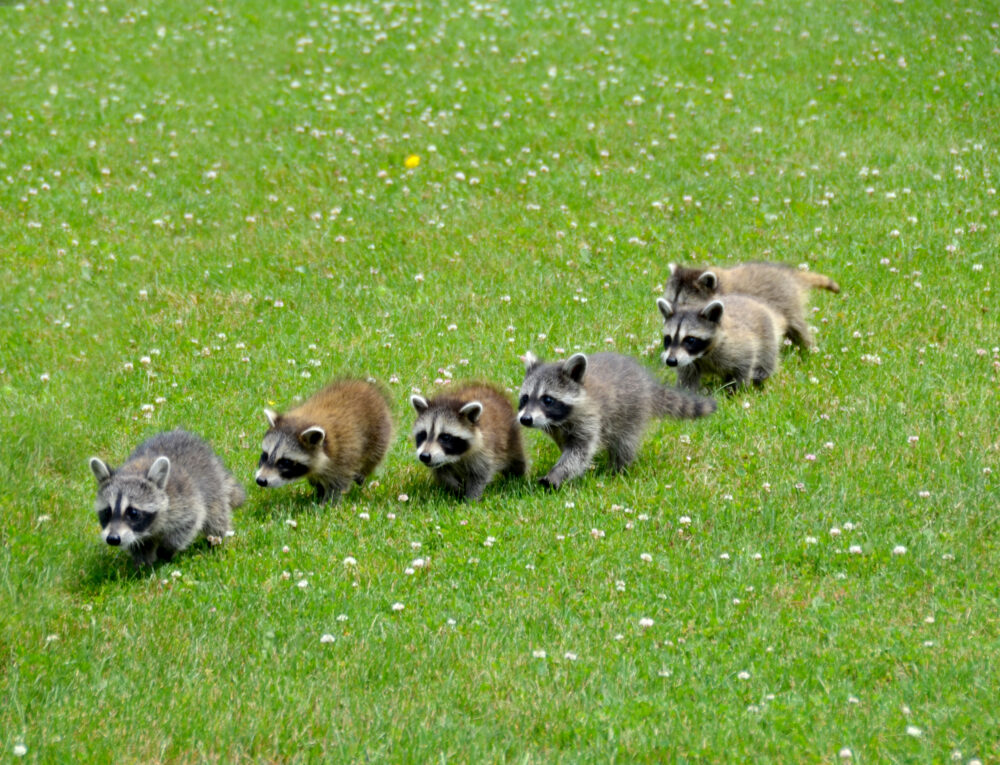We have much more to do and your continued support is needed now more than ever.
Bird of the Week: Barn Owl

Silent, stealthy hunters that are active at night, owls in general have been associated with magic, evil and death for thousands of years. The Aztecs portrayed their god of death as an owl, Native Americans linked the birds with black magic, and Romans considered it unlucky even to catch sight of an owl. More recently, author J.K. Rowling, in her Harry Potter series, depicts owls as messengers for wizards and witches. The birds’ unearthly hoots and shrieks, and a tendency to roost in the attics of abandoned houses, add to their spooky reputation.
With its round, white face and dark eyes—evocative of a ghost or human skull—the barn owl in particular could give trick-or-treaters a fright on Halloween night. Indeed, nicknames for this species have included ghost owl, death owl and bird of doom.
The barn owl is one of the world’s most widely distributed birds, occurring on all continents except Antarctica. It can be found in almost any open habitat in which prey and nesting sites are available, from deserts to farms to marshes. A raptor, this bird preys on mice and other rodents. It has excellent night vision. Still, the barn owl’s ability to locate prey by sound alone—demonstrated in both field and laboratory experiments—is the best of any animal species tested so far.
VOICE: A bone-chilling, screeching hiss, often given in flight; similar to begging cries of fledglings of many larger owls, but usually with less nasal quality.
Sources: National Wildlife Federation Field Guide to Birds of North America, Cornell Lab of Ornithology’s All About Birds.
Find out about three more “spooky” North American birds.






















